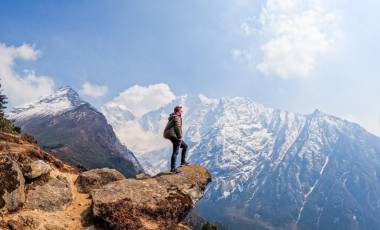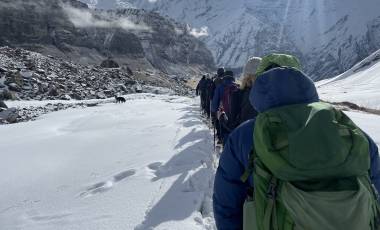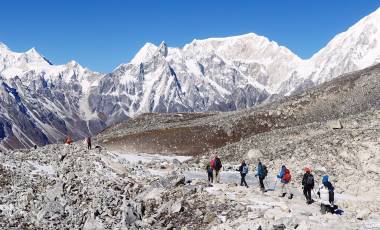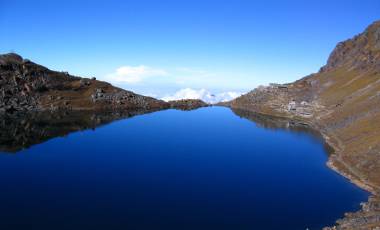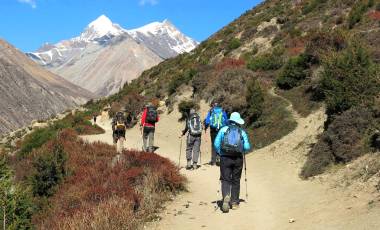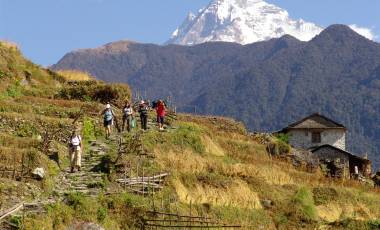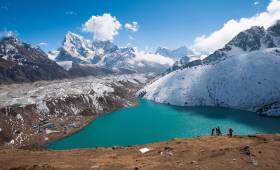This was a great trip, first and formost due to the very professional and experienced support team lead by Kumar.
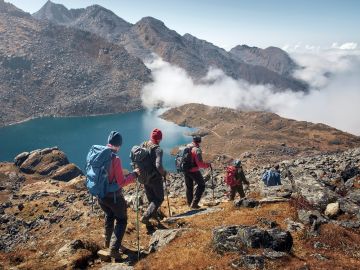
Walking Holidays in Nepal
Trekking in Nepal
Wolfgang Dohne Manaslu Lodge Circuit
Sheila Stallard Bhutan: Druk Path TrekOne of my best trips ever. Excellent guide and fellow trekkers. Beautiful country and people.
Mayur Gupta Everest Base Camp TrekI took part in the Exodus Everest Base Camp trip in March and had an incredible time!
Everything was so well organised. The guides were so professional and great at their jobs. My group and I were in very safe and capable hands.
The itinerary was fantastic. It was so beautiful hiking to Everest Base Camp. Every day was an adventure and there were fun things for us to do and see on a daily basis. I appreciated the inclusion of visiting schools, monasteries, museums etc. on the trip – it added a nice extra dimension to the hiking.
We had a group of 6 travellers which was a nice number and it was nice being part of a team. We all made it to Base Camp which was fantastic news.
This was my first trip with Exodus however after this I will definitely be going on more trips with them!
The Adventure Begins Here
Get regular inspiration straight to your inbox from Exodus' experts.

